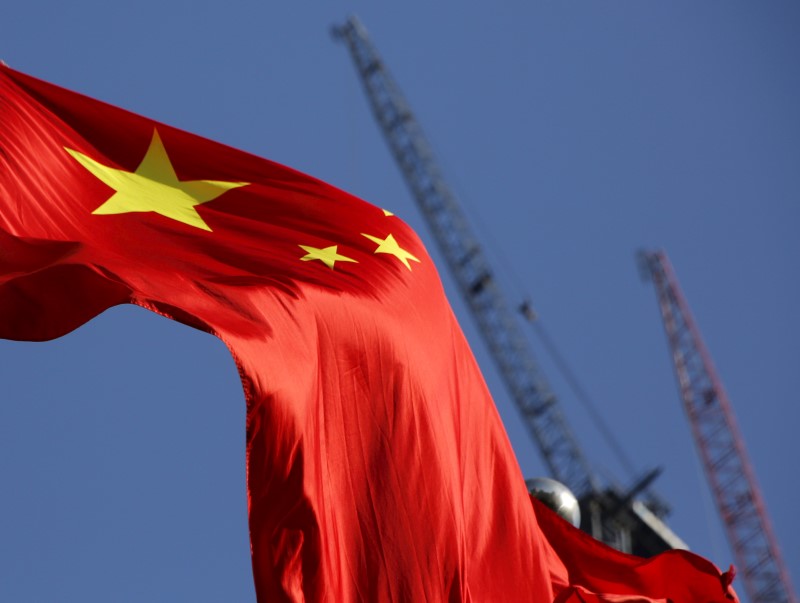(Bloomberg) -- China over-reported its economic growth between 2008 and 2016 by an average of 1.7 percentage points, according to a recent study by researchers at the Chinese University of Hong Kong and the University of Chicago.
The discrepancy came from local governments who are rewarded for meeting growth and investment targets, the authors say in a draft paper published by the Brookings Institution. The Beijing-based National Bureau of Statistics, knowing such manipulation well, has been adjusting the local numbers but hasn’t done so sufficiently since 2008, authors Wei Chen, Xilu Chen, Chang-Tai Hsieh and Zheng Song wrote.
“Local statistics increasingly misrepresent the true numbers after 2008, but there was no corresponding change in the adjustment made by the NBS,” they wrote. They instead use numbers such as tax revenue, satellite night lights, electricity consumption, railway cargo flow, exports and imports -- less likely to be fudged, to predict the actual gross domestic product of the world’s second largest economy.
The revised numbers “indicate that the slowdown in Chinese growth since 2008 is more severe than suggested by the official statistics,” they wrote.
China’s NBS didn’t immediately respond to a request for comment.
China’s GDP has long been criticized for either over- or under-estimating growth, or for smoothing out the fluctuations in real economic activities. Local authorities, eager to achieve economic growth goals so as to improve their own chances of promotion, used to report regional GDP figures that when summed would be more than 10 percent larger than the official national figure.
In recent years, the national authority has cracked down on fudging statistics by collecting data directly from firms, naming and shaming officials as well as setting up a specific inspection arm. The head of the statistics bureau claimed last year that the problems were all in the past, and from 2019, it will start to compute GDP for the 31 domestic regions.
Tom Orlik, chief economist for Bloomberg Economics and author of "Understanding China’s Economic Indicators" says he is “cautious” about the paper’s conclusions.
The NBS has made "determined efforts" to squeeze out the impact of local exaggeration since the 1990s, and the argument that local officials have overstated investment is hard to square with the well-known narrative that China’s capital spending rose too much, he wrote. The authors base their estimate of the “true” rate of GDP on tax revenue, but that may have reflected a larger services sector, and should not be taken as more accurate than other official indicators, according to Orlik.
What Bloomberg’s Economist Says
The broader point, once we slip loose of the anchor of the official GDP data, we’re floating in an ocean of uncertainty... As China plays an expanded role in the global economy and in global markets, that’s a problem.Chief economist for Bloomberg Economics Tom OrlikClick here to view Bloomberg Economics’ comment
To contact Bloomberg News staff for this story: Xiaoqing Pi in Beijing at xpi1@bloomberg.net
To contact the editors responsible for this story: Jeffrey Black at jblack25@bloomberg.net, James Mayger
©2019 Bloomberg L.P.
